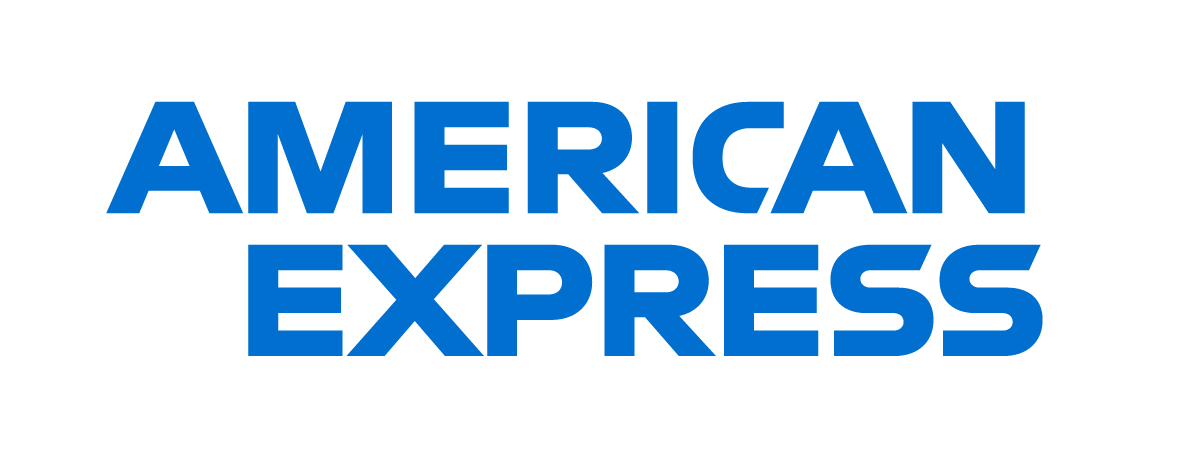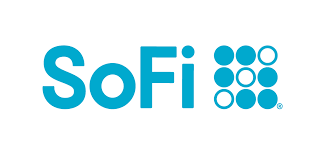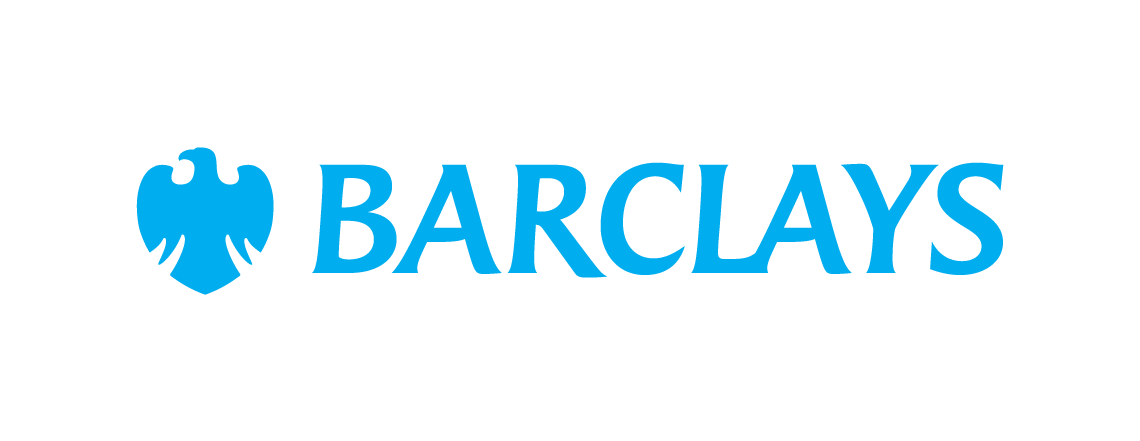Opening a bank account online is much more convenient than heading down to a bank branch, and it's usually easy, too. Whether you choose an online or brick-and-mortar bank, the steps are more or less the same.
You should open an account online if you want to get it done fast, at home, or with minimal upselling. Many banks let you open accounts this way.
Ready to start? Here's what you need to know to open a bank account online right away.
How to open a bank account online
Here are the basic steps you'll take when opening a bank account online:
- Choose the bank you want
- Choose the account type you need
- Gather your relevant personal and financial information
- Fill out the online application form
- Fund your account
We'll look at each of these steps in detail below.
1. Choose the bank you want
You'll have to make two key decisions about where to house your money: which kind of institution you want to work with and which type of account you need.
There are three basic types of financial institutions you'll run into. Each has its pros and cons.
Brick-and-mortar banks
Brick-and-mortar banks have large branch networks throughout a region or across the nation. These banks typically have many types of products and services, and they're known for great customer service. But they tend to charge maintenance fees unless you meet specific criteria, and their annual percentage yields (APYs) on savings products are low.
Online banks
Online banks are becoming increasingly popular because they offer high APYs and charge few fees. These banks don't have any branches, so opening an account online is your only option. But many still have a nationwide ATM network, so you can easily access your cash. Online banking may be right for you if you prefer to do everything online and don't anticipate needing in-person help.
Credit unions
Credit unions aren't technically banks, but they offer similar services. Credit unions usually operate in smaller service areas and most have branch networks. They offer slightly more competitive APYs and fees than large brick-and-mortar banks, but they still fall behind most online banks.
ALSO READ: Credit Union vs. Bank: What's the Difference?
2. Choose the type of bank account you need
There are four main bank account types you may want to consider:
Savings accounts
Savings accounts are best for your emergency fund or money you plan to use within the next five years or so. These accounts offer interest on your savings, but they usually limit your access to your funds. Most don't include any checks or debit cards.
Compare savings rates
Make sure you're getting the best account for you by comparing savings rates and promotions. Here are some of our favorite high-yield savings accounts to consider.
| Account | APY | Promotion | Next Steps |
|---|---|---|---|

Open Account for American Express® High Yield Savings Account
On American Express's Secure Website.
Rating image, 4.00 out of 5 stars.
4.00/5
Our ratings are based on a 5 star scale.
5 stars equals Best.
4 stars equals Excellent.
3 stars equals Good.
2 stars equals Fair.
1 star equals Poor.
We want your money to work harder for you. Which is why our ratings are biased toward offers that deliver versatility while cutting out-of-pocket costs.
|
3.60%
Rate info
3.60% annual percentage yield as of July 1, 2025. Terms apply.
Min. to earn: $0
|
N/A
|
Open Account for American Express® High Yield Savings Account
On American Express's Secure Website. |

Open Account for SoFi Checking and Savings
On SoFi's Secure Website.
Rating image, 4.50 out of 5 stars.
4.50/5
Our ratings are based on a 5 star scale.
5 stars equals Best.
4 stars equals Excellent.
3 stars equals Good.
2 stars equals Fair.
1 star equals Poor.
We want your money to work harder for you. Which is why our ratings are biased toward offers that deliver versatility while cutting out-of-pocket costs.
|
up to 3.80%
Rate info
SoFi members who enroll in SoFi Plus with Eligible Direct Deposit or by paying the SoFi Plus Subscription Fee every 30 days or SoFi members with $5,000 or more in Qualifying Deposits during the 30-Day Evaluation Period can earn 3.80% annual percentage yield (APY) on savings balances (including Vaults) and 0.50% APY on checking balances. There is no minimum Eligible Direct Deposit amount required to qualify for the stated interest rate. Members without either SoFi Plus or Qualifying Deposits, during the 30-Day Evaluation Period will earn 1.00% APY on savings balances (including Vaults) and 0.50% APY on checking balances. Interest rates are variable and subject to change at any time. These rates are current as of 1/24/25. There is no minimum balance requirement. If you have satisfied Eligible Direct Deposit requirements for our highest APY but do not see 3.80% APY on your APY Details page the day after your Eligible Direct Deposit arrives, please contact us at 855-456-7634. Additional information can be found at http://www.sofi.com/legal/banking-rate-sheet. See the SoFi Plus Terms and Conditions at https://www.sofi.com/terms-of-use/#plus.
Min. to earn: $0
|
N/A
|
Open Account for SoFi Checking and Savings
On SoFi's Secure Website. |

Open Account for Barclays Tiered Savings
On Barclays' Secure Website.
Rating image, 5.00 out of 5 stars.
5.00/5
Our ratings are based on a 5 star scale.
5 stars equals Best.
4 stars equals Excellent.
3 stars equals Good.
2 stars equals Fair.
1 star equals Poor.
We want your money to work harder for you. Which is why our ratings are biased toward offers that deliver versatility while cutting out-of-pocket costs.
|
3.90%
Rate info
Balances less than $250,000 earn 3.90%, and balances greater than $250,000 earn 4.10%.
Min. to earn: $0
|
N/A
|
Open Account for Barclays Tiered Savings
On Barclays' Secure Website. |
Checking accounts
Checking accounts are ideal for money you plan to use for everyday spending. Most include checks and a debit card so you can directly withdraw funds and move money around electronically. But these accounts usually don't offer any interest on your money.
Money market accounts
Money market accounts share some features of checking and savings accounts. They help you earn interest on your funds, and may also give you some means of directly withdrawing cash from the account. However, these accounts often have higher opening or ongoing balance requirements.
Certificates of deposit (CDs)
Certificates of deposit (CDs) are another option for savings you don't plan to use for the next several years. These accounts can offer higher APYs than you'll find with savings accounts, but you must agree to leave the money alone for several months or years. If you take your money out early, you could face penalties.
RELATED: See our guide to the different types of bank accounts.
3. Gather your relevant personal and financial information
If you plan to open a money market account -- or any other bank account type, for that matter -- you'll need the following information:
- Social Security number
- Driver's license, passport, or other government-issued photo ID
- Routing and account number for another bank account in your name if funding via electronic transfer or wire transfer
If you have any questions about required documentation, you can always check the bank's website or contact its customer service department for support.
4. Fill out the online application form
Visit the website for the bank you plan to open an account with, and navigate to the page for the account you're interested in. Look for the "Apply Now" or "Open an Account" button and fill out the application page it brings you to. Most banks will ask for the following:
- Your full, legal name
- Your birth date
- Your address
- Your email
- Your phone number
- Your Social Security number
Depending on the bank, you may need to scan a copy of your government-issued ID or fax it to the bank. You may also have to submit a copy of your signature for the bank to have on hand for verification purposes.
Again, if you have any questions during the application process, you can always reach out to the bank directly for assistance.
5. Fund the account
Most banks will require you to deposit some funds into the bank account as soon as you open it or within a certain number of days after opening. You can fund your account several ways:
- Direct deposit
- Electronic transfer
- Wire transfer
- Check deposit
Some banks may have minimum opening deposit requirements. For example, if you're opening a checking account online and it asks for a $100 minimum opening deposit, you must have at least $100 ready to deposit. Otherwise, you can't open the account. That's different from an ongoing balance requirement, which is the amount you need deposited to maintain to avoid a monthly maintenance fee.
If you choose a checking account with one or both of these requirements, you must stay mindful of your checking account balance over time to avoid monthly fees.
You're ready to use your new account
The bank might take a couple of days to verify your information and process your funds. But once it does so, you can start using your new bank account. If you don't already have one, you can create an online account to view your balance and transfer your funds.
If your account comes with a debit card, your bank will mail this to you. And if it offers check-writing capabilities, you can purchase checks to use with the account.
FAQs
-
Some banks may enable you to open an account without an initial deposit. But most will require you to put at least some money in the account within 30 or 60 days or the bank will close the account.
-
Online-only banks always permit online applications, and many large, brick-and-mortar banks also permit online applications.
-
Many people find opening a bank account online more convenient than scheduling an appointment with a banker at a branch location. But it all depends on your personal preferences. If you'd rather have another person walk you through it, you may prefer opening a bank account in person.
We're firm believers in the Golden Rule, which is why editorial opinions are ours alone and have not been previously reviewed, approved, or endorsed by included advertisers. Motley Fool Money does not cover all offers on the market. Motley Fool Money is 100% owned and operated by The Motley Fool. Our knowledgeable team of personal finance editors and analysts are employed by The Motley Fool and held to the same set of publishing standards and editorial integrity while maintaining professional separation from the analysts and editors on other Motley Fool brands. Terms may apply to offers listed on this page. APYs are subject to change at any time without notice.